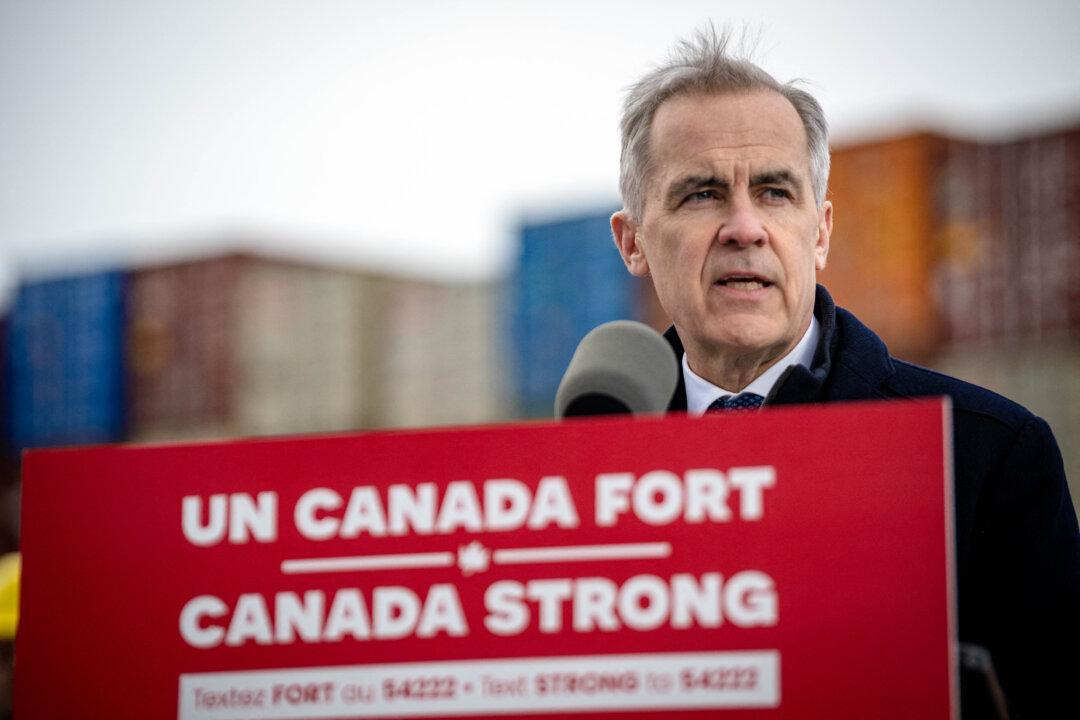Conservative Leader Pierre Poilievre says a Tory government would build a permanent military base in Canada’s Arctic as part of a proposal to assert sovereignty in the North.
Poilievre made the announcement while visiting Iqaluit, Nunavut, on Feb. 10, noting Russia and China’s increased involvement in the Arctic.
“This is a wake up call,” Poilievre said. “We need to become self-reliant and protect our interests and our sovereignty.”
Aspiring federal leaders have been making pledges to reinforce Canada’s security in recent days in response to U.S. President Donald Trump’s ongoing comments about his desire to make Canada the 51st U.S. state.
Poilievre was visiting the capital of Nunavut to announce the first part of his “Canada First Plan” to “take back control” of Canada’s northern territory.
Poilievre said the new facility would be built within two years and “100 percent” of the funds would come out of Canada’s foreign aid budget.
“All of these improvements will be funded by dramatically cutting foreign aid, most of which or a lot of which goes to dictators, terrorists, and global bureaucracies,” said Poilievre.
Other planks of the Conservative Arctic platform include doubling the amount of Canadian Rangers patrolling the north, and the purchase of two heavy icebreakers for the navy.
Previous efforts to reinforce Canada’s military presence in the Arctic have been delayed.
Poilievre said these commitments would go ahead under a Conservative government, pledging they would be fulfilled at a faster pace by “cutting red tape and delays.”
“If we are to be a sovereign, self-reliant nation, we must take control of our north, secure all of our borders, and stand on our own two feet,” he said. “We cannot count on the Americans to do it for us anymore. This is a reality.”







